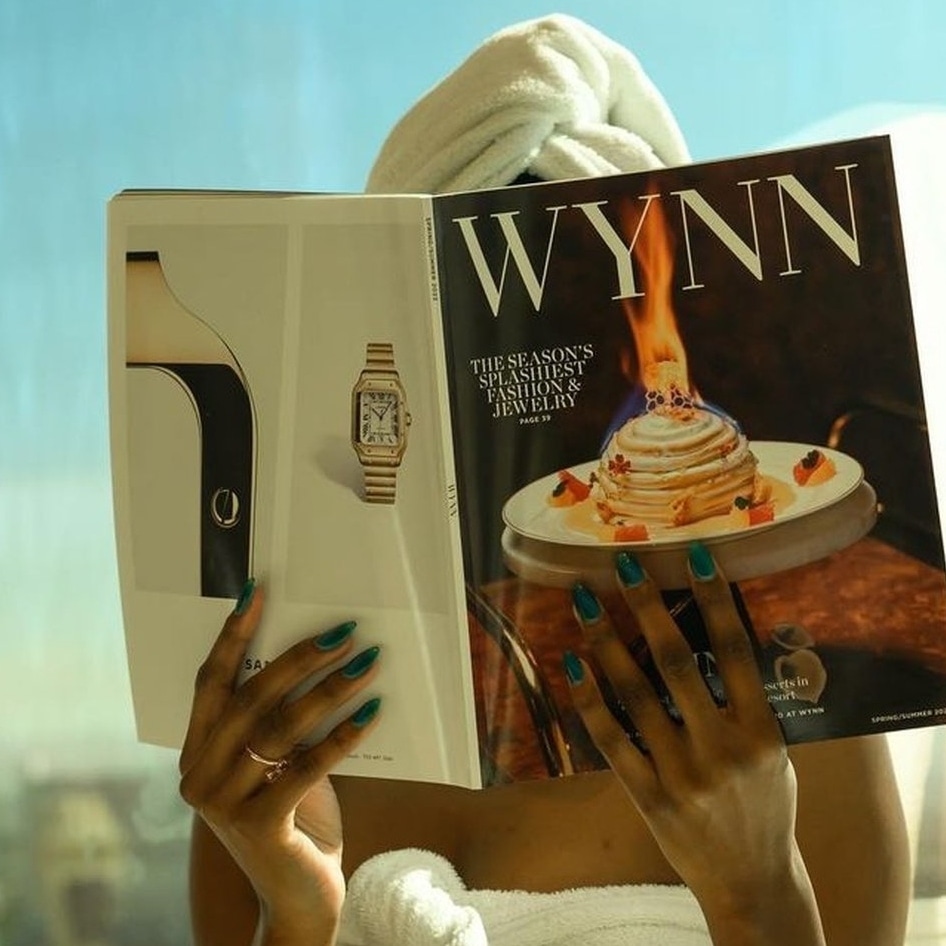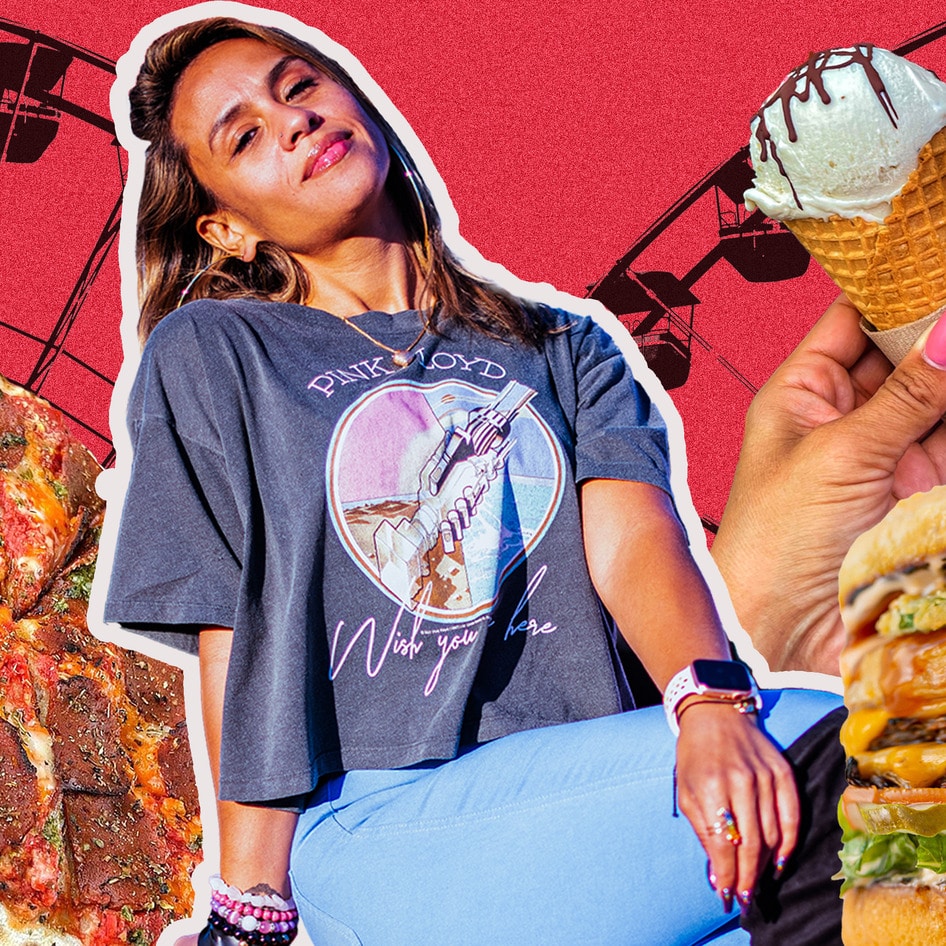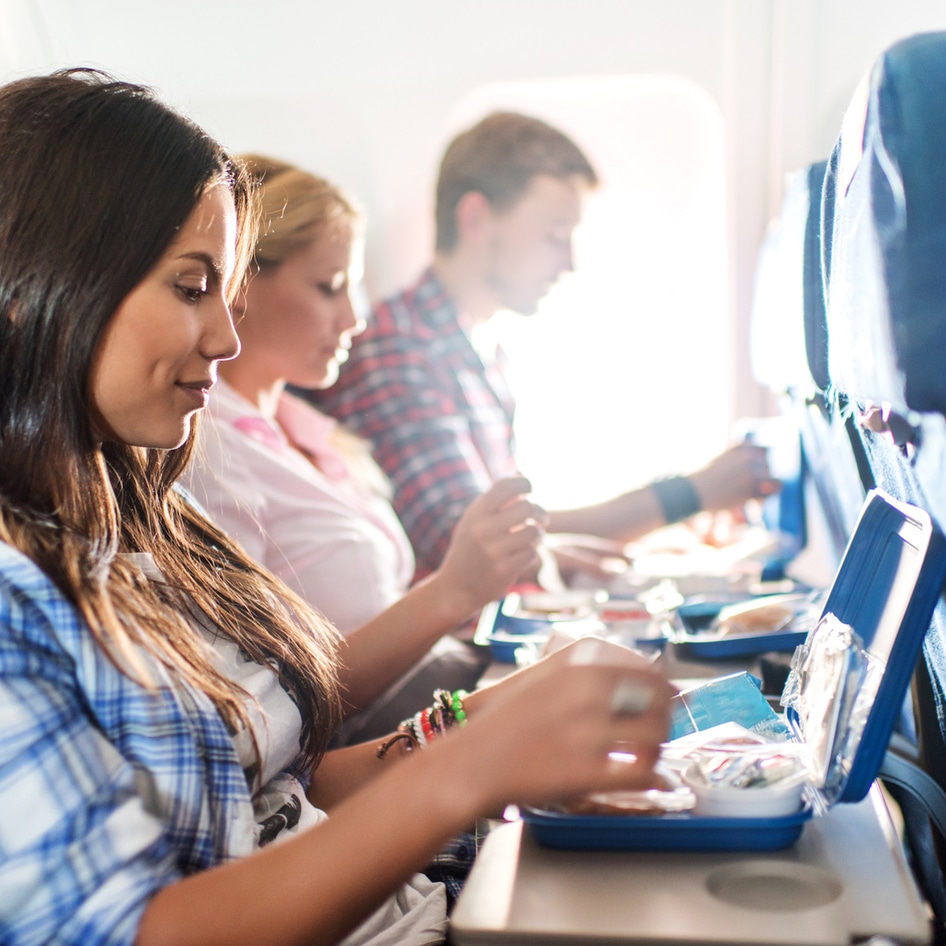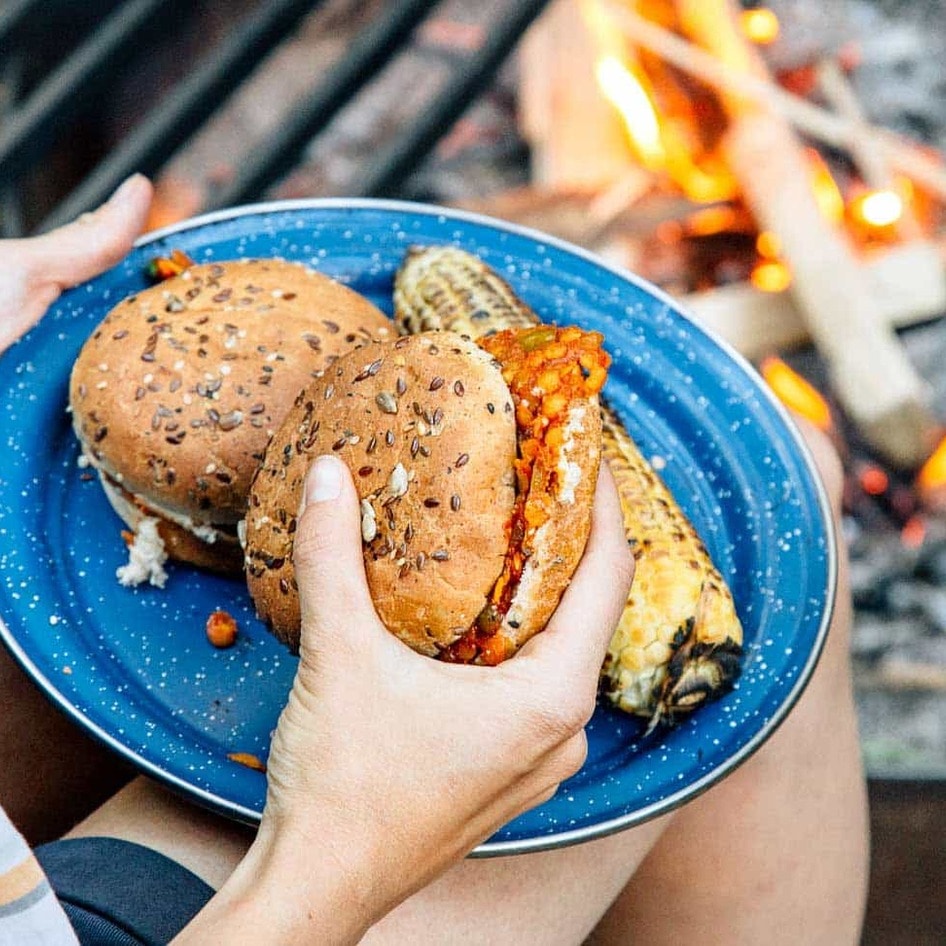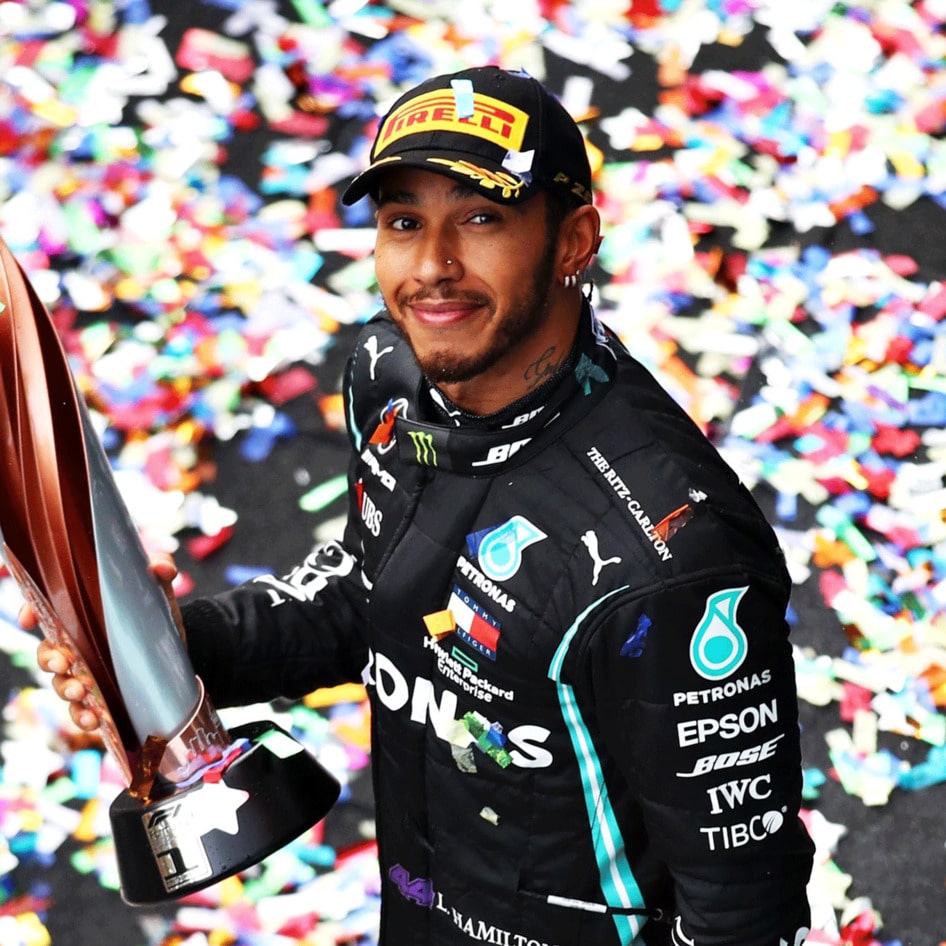How One Man Survived Mount Everest and the Nepalese Earthquake
As Kuntal Joisher attempted to become the first vegan to climb the world’s highest peak, a 7.8 earthquake tore through Nepal. Here’s his story.
June 24, 2015
In April, mountaineer Kuntal Joisher was attempting to become the first vegan to climb Mount Everest from the Nepalese side when a 7.8 earthquake struck, killing nearly 9,000 people and injuring an additional 23,000. The 35-year-old became engulfed in an avalanche, and wondered if he would survive. Luckily, he did.
Joisher has not yet returned to complete his mission of climbing Everest, and says his goal now is to help Nepal through the use of his photography. This philanthropic endeavor exemplifies the compassionate nature of the Mumbai-based software engineer, who was raised vegetarian, and became vegan through a college roommate.
Vegan for 13 years, Joisher climbs some of the most difficult mountains in the world, all on a plant-based diet. VegNews spoke to him to discuss his life as a vegan mountaineer, and what he has learned since surviving a devastating earthquake.
VegNews: You were in Nepal during the earthquake, and it prevented you from reaching the summit. Where do you go from here?
Kuntal Joisher: I have not decided what I am going to do next. I have been climbing in Nepal for the last six years, have gone to Nepal pretty much every single year, and I have spent two to three months every year in this country. To see Nepal devastated, it just breaks my heart.
VN: How do you find vegan alternatives to animal-based climbing materials such as down or leather?
KJ: The issue still is finding the vegan climbing gear. I was able to write down my gear list and see all the items that are non-vegan, and replaced each and every non-vegan item with a vegan one. So, for example, a lot of times, the higher mountain climbing boots tended to be leather, but now 95 percent of mountaineers use synthetic boots. Synthetic boots do not freeze in the cold, and they provide much better insulation on the mountain.
Eventually, I was able to figure out alternatives for every single gear of mine, except I was still struggling to find an alternative for the down suit that I wear on a summit day. The down suit is a one-piece suit made of very high-grade down feathers, and it’s what keeps me alive on the mountain on a summit day. Temperatures can easily plummet to -50 degrees Celsius with winds of 100 kilometers per hour. If I am not wearing that piece of gear, I could end up injuring myself, or dying.
I had to make a decision. I am trying to destroy a lot of myths around veganism, but on the other hand I have this one piece of gear that is still not vegan, and how do I reconcile that? I climb as a vegan, and hopefully I will inspire a lot of people to go vegan, and that will probably save a lot of animals.
VN: What do you eat when you’re on the mountain?
KJ: It’s easy to climb on a vegan diet because you recover faster and you can perform better. Cooking isn’t required on the mountain. When you are at high altitudes, your body cannot digest protein, so it doesn’t make sense to eat protein.
I start my day with an oatmeal or a dry muesli, or I will have oatmeal made with water because they tend to put in a lot of milk powder, and I just don’t understand it. Then I end up eating some wheat bread along with vegetable curry because the Nepalese sherpa groups are very good at making curries.
When I am on the mountain, I am not worried about eating non-refined foods because whatever you’re putting into your body is important. I could end up eating fried rice, pasta, or noodles—basically, simple carbs. For example, on a typical summit day on Everest, which could be 20 hours round trip where you are climbing, the typical calorie-burning rate for the average person is about 18,000 calories. Even if I’m just drinking a bottle of Coke or putting the most garbage vegan food in my body, that is calories, and that is important.
VN: Did your experience during the avalanche change the way you climb?
KJ: I was 100 percent sure I was going to die. That night we were sleeping in turns, so when it was my turn to stay awake, in those three hours, my entire life played in front of me. One of my key takeaways from this incident was that if you have any dreams or passions, the best time to do them is now, not tomorrow, not the day after, not in 60 years when you have all the time and money saved. Whatever you want to do, do it now.
JUMP TO ... Latest News | Recipes | Guides | Health | Shop

